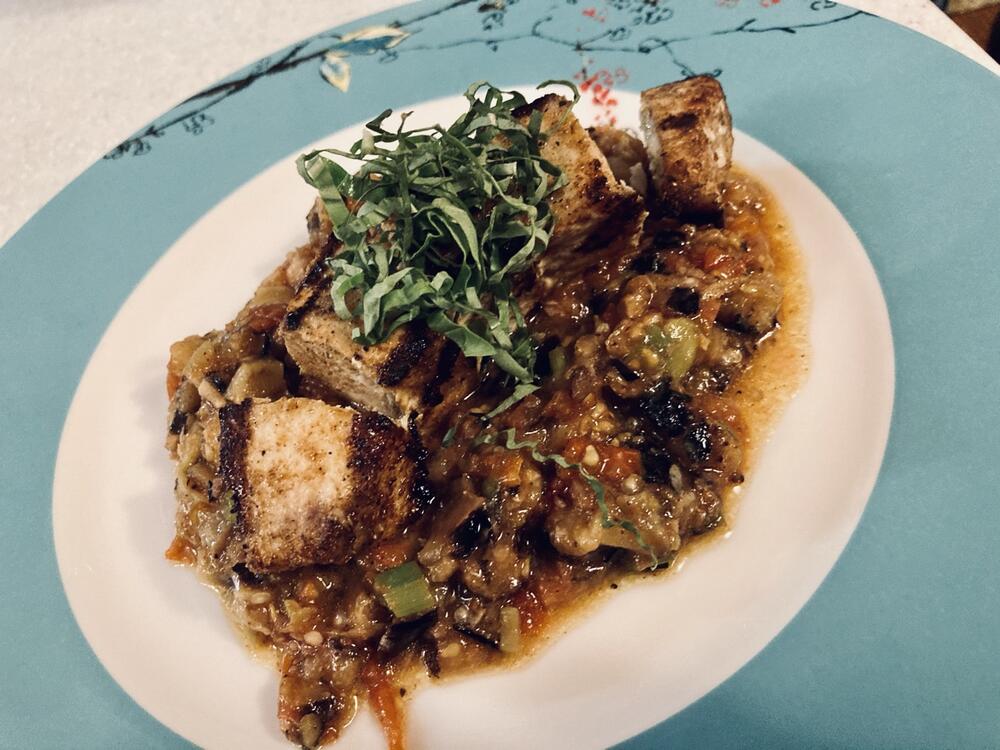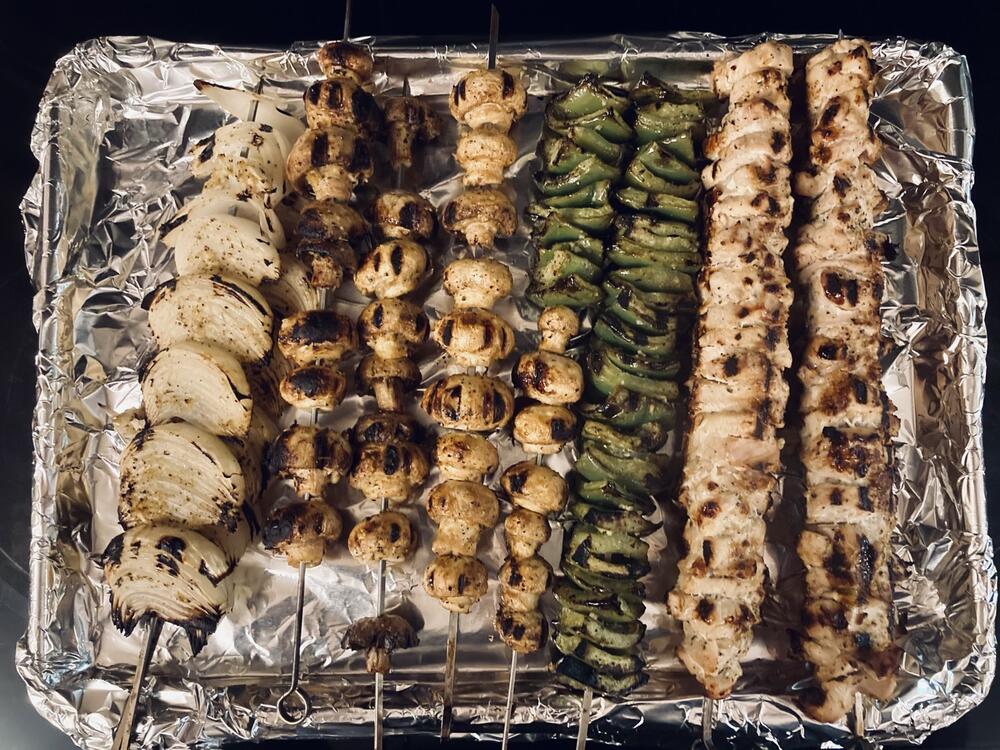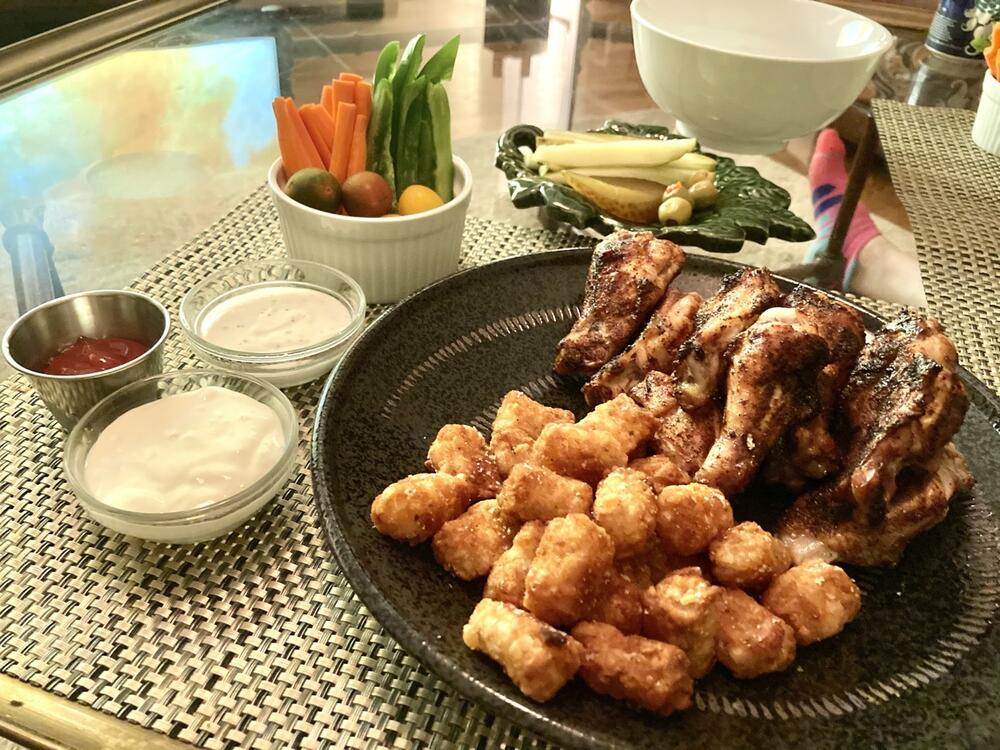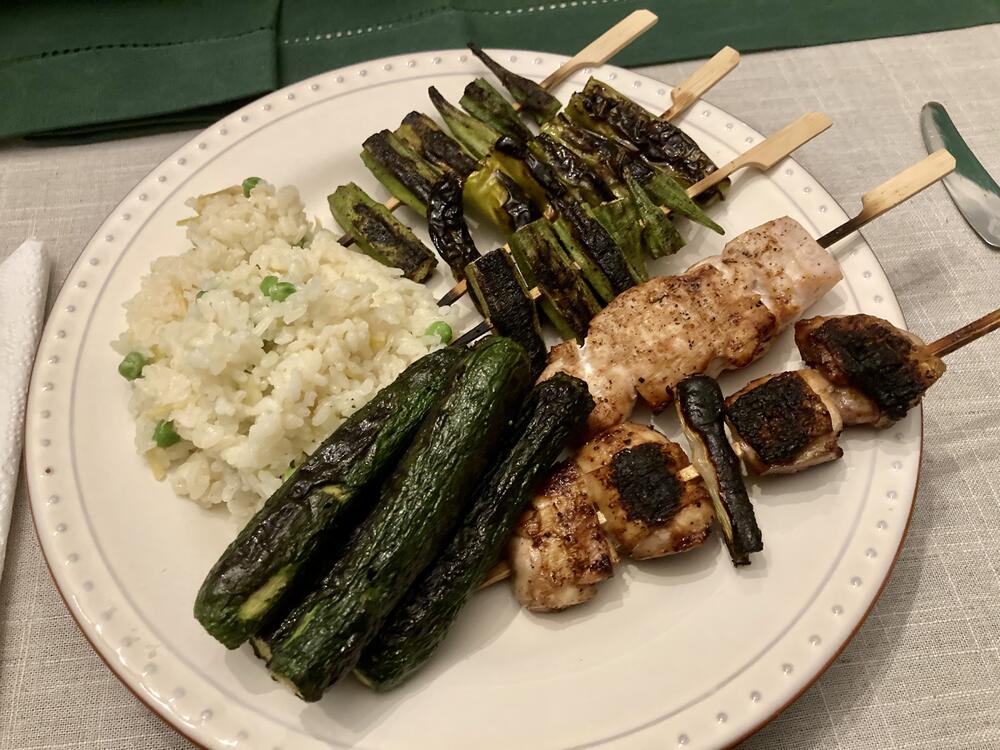-
Posts
1,807 -
Joined
-
Last visited
Content Type
Profiles
Forums
Store
Help Articles
Everything posted by btbyrd
-
If you try it, let us know how it worked out. I've done the popcorn grits thing before but never used the liquid for anything apart from the grits themselves. I've always thought it would be a good addition to a chowder or tortilla soup, but never got around to trying it. Patterson can give of a bit of a Norman Bates vibe, but he puts out some thoughtful and beautiful dishes. If you're at all interested, check out his MAD presentation "A Short History of The Beet" to get a sense of his approach to food (and to hear David Chang laughing too loud on the mic, which was apparently just beside him). Patterson's beet rose is a thing of beauty, as well as a real pain in the ass to produce. A few simple ingredients, clean flavor profiles, insane technique. It's an inspirational invitation to look at familiar ingredients in an unfamiliar way. Why not make a popcorn stock? Why not make beet gummy bears?
-
It's not really a thing, but a little while back making grits out of popcorn was a brief trend thanks to chef Daniel Patterson. (Check out the link for a video demo of the dish.) That recipe basically consists in making popcorn and then boiling it in water with some butter and then passing it through a sieve. A byproduct of this process is the intensely flavored popcorn cooking liquid -- basically buttered popcorn stock.
-
You could try making popcorn stock and using that to flavor the soup. It's probably not what they did at the restaurant, but it will provide the note you're looking for.
-
Free shipping from Darto from now until Dec 22.
-
Pulling out the tendons is tedious but worth the effort.
-
You're welcome! Archive.org is a great resource when things go missing from a website.
-
I can't find the PDF version, but the HTML one is available through the Wayback Machine @ archive.org
-
Looks like a worthy upgrade to the older Polyscience units targeted at professionals. Easier to clean, integrated probe, better clamp system, IPx7 waterproof rating, HACCP manager app, built in "SV toolbox" and recipe/setting saving so your idiot employees can use it without killing people. I can only imagine that, like the crossbranded Control Freak, it's going to cost a lot more than I'd be willing to pay for it. But home users aren't the target market, so...
-
What about it are you trying to replicate? I don't know why one would cook tomato juice in an oven as opposed to on the stovetop, but using either method I'd wager that much of the result would be a consequence of evaporative flavor concentration (which you wouldn't get in a bag). If you're looking to actually cook the juice to deepen the flavor, this takes quite some time using SV at high temps.
-
Only $49 a pop.
-
There's no need to pasteurize tender proteins that are going to be served immediately. Those temps/doneness-levels seem off to me. 127F for medium? No no no...
-
Thanks! That time the cheese was Kerrygold red leicester. I've also used their cheddar in the past and it also holds up to the frying process. Pork belly was cold smoked and cooked 48 hours @ 60C before being chilled, pressed flat, and cut into portions. To stuff, I used a paring knife to slice a sort of pocket into the portioned rectangles of pork belly and inserted pocket-sized chunks of cheese.
-
You can cook with freezer Zippies below 70C without problems. I've also cooked multiple yolks in a single bag on several occasions. Use a quart freezer bag (or a gallon if you're doing a bunch). Just be sure to add neutral oil, which helps keep them lubricated and separated. I learned this trick preparing yolks for an event where I prepared my "signature dish" for a crowd. It's "Bacon, Egg, and Cheese," cured and smoked SV pork belly stuffed with cheese and deep fried in lard, topped with a 64C yolk and some Maldon salt. Photos cuz it happened (and the photographer got a shot of my yolk sack): Tastes so good, it'll make you wanna slap your mamma!
-
Weird. Strange forces are definitely afoot.
-
Looks like accumulated burnt on gunk. Scour the pan with kosher salt and a paper towel, rinse, and reseason.
-
The weather has been beautiful, so I've been in hardcore grill mode. Last night was souvlaki (and tomorrow night will be round 2). I had a learning experience with some rice (not pictured). Did you know that if you add citrus zest to rice before cooking it, it will release a boatload of pectin and make the rice all weird and gelatinous? It wasn't exactly bad, per se. But it was certainly far from the fluffy separate grained texture I was going for. Maybe useful for rice pudding? But I digress... Anyway, it was this plus lemon rice, plus pita, plus tzatziki Tonight I followed a recipe. I can't remember the last time I followed a recipe. But it looked so quick and easy I had to try it. Grilled swordfish over east Mediterranean caponata. The swordfish skewers didn't really need a recipe but the grilled caponata was a different and delicious take on the classic formula. It doesn't look especially pretty, but I'll definitely be making it again. Here's the recipe.
-
In related news, hot dogs, burritos, and gyros are all sandwiches -- at least in the state of New York. Tomatoes (botanically a fruit) are actually vegetables, and the men and women of Marvel's X-men aren't humans, but rather "nonhuman creatures."
-
Subways do have a stench about them. It's like walking by a Bath & Body Works, except even more yeasty and even less pleasant. I found the rationale for this decision somewhat interesting: "The clincher was the act’s strict provision that the amount of sugar in bread 'shall not exceed 2% of the weight of flour included in the dough'. Subway’s bread, however, contains five times as much sugar. Or, as the supreme court put it: “In this case, there is no dispute that the bread supplied by Subway in its heated sandwiches has a sugar content of 10% of the weight of the flour included in the dough.” Not being a fan of sugar in bread, I must concur. It's not bread... it's bread-like cake: America's favorite bread substitute!
-
Talenti gelato jars. A delicious product (the gelato, not the jars).
-
DIY beer keg vertical rotisserie. Or you could just go to Arby's. Their gyros aren't the best thing, but they're also not the worst thing...
-
-
I know that pork chops were ruled out as requiring too much attention, but I thought I'd plug for pork shoulder "chops" a la this ChefSteps recipe. I doubt if I'll ever buy a standard chop again. Better -- and cheaper -- than normal chops, and you'll (usually) have plenty left to stock the freezer. TLDW version: SV a boneless pork shoulder @140 for 24 hours. Chill. Slice and seal portions. Retherm and sear whenever you want porksteak. And don't throw away that bag jus from the pork shoulder. Boil and strain it and you've got the base for a delicious sauce or glaze.
-
The idea of vacuum marination makes intuitive sense, but it most likely doesn't offer a real benefit. Greg Blonder has a good blog post about this issue. Researchers at the University of Georgia and the USDA have repeatedly found (2 studies) that vacuum levels have no effect on the uptake of marinade by chicken. They conclude that "vacuum pressure during tumbling, as is widely practiced commercially, may not be necessary. The underlying principles for using vacuum pressure may be erroneous and should be examined further." Another study on the effect of vacuum marination on fish found that vacuum levels had no effect on marinade uptake. If you want to accelerate brine/marinade penetration using a vacuum machine, I've suggested the technique of combining vacuum sealing with Jaccarding, as needling meat creates channels into which fluids can flow.




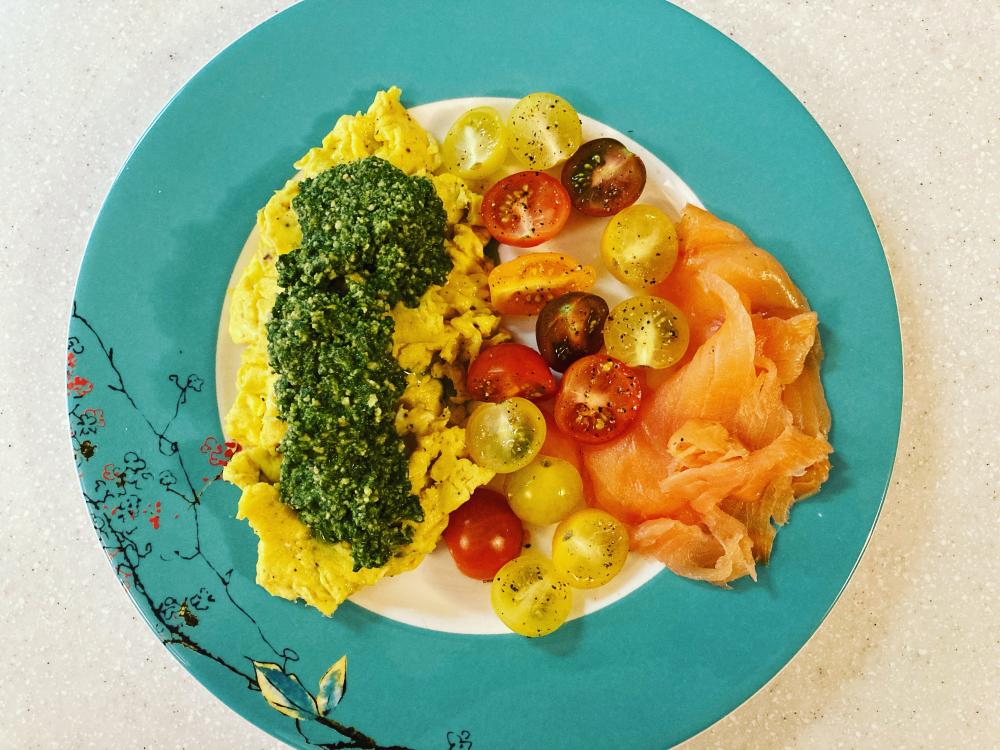

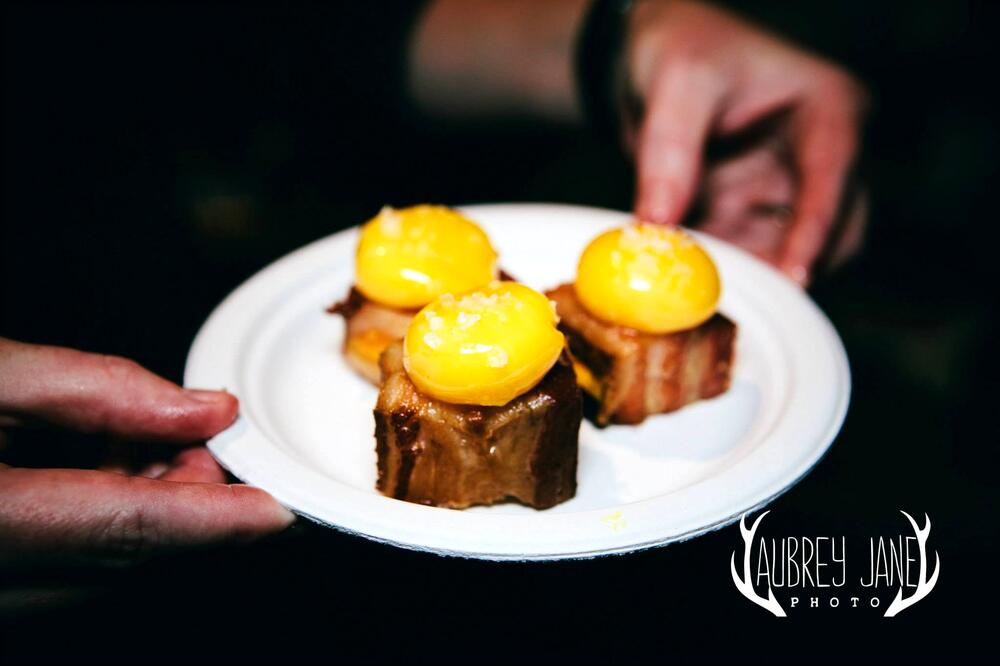
.jpg.fd4879b0f68927bbec480790df633421.jpg)

